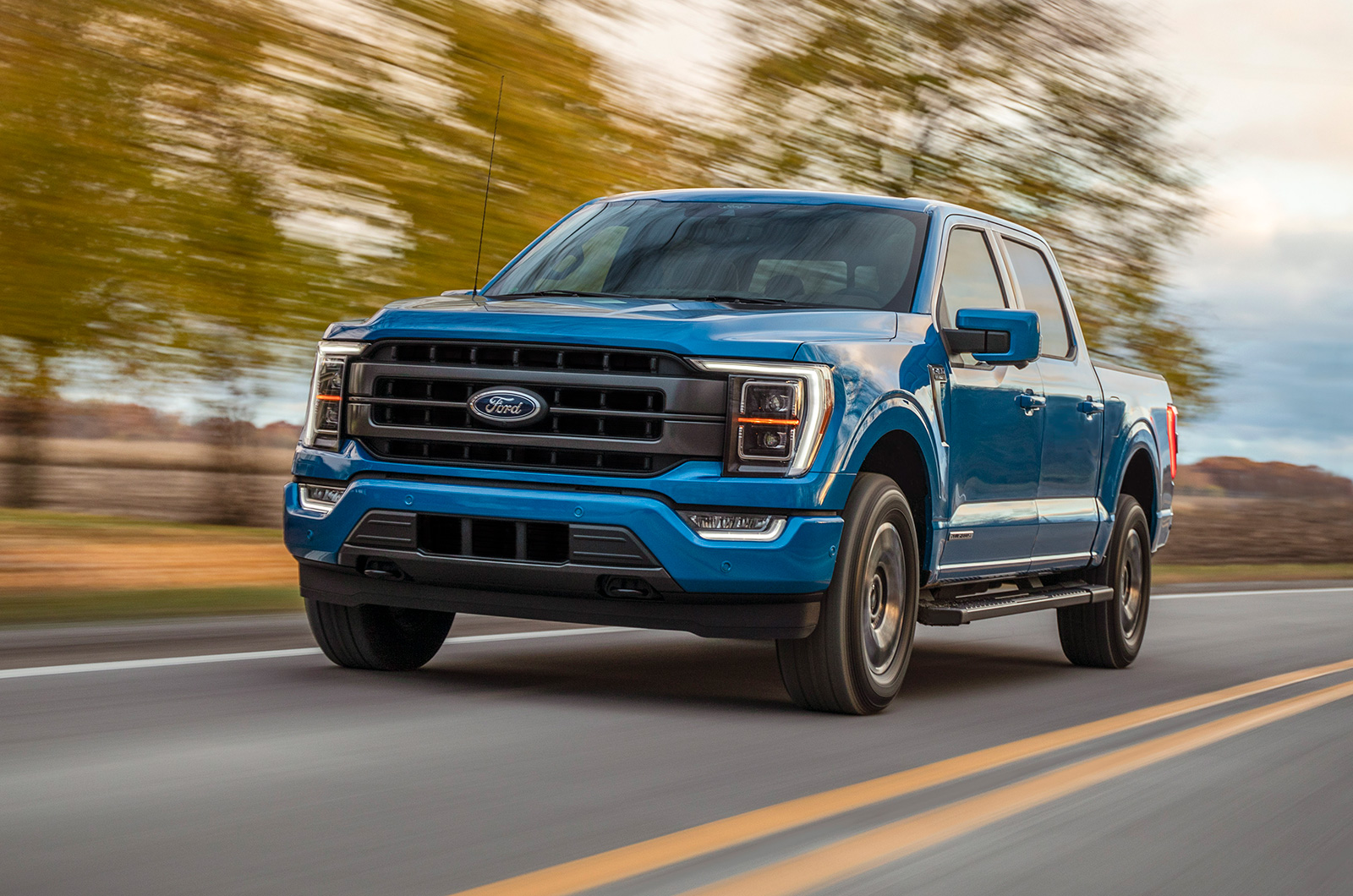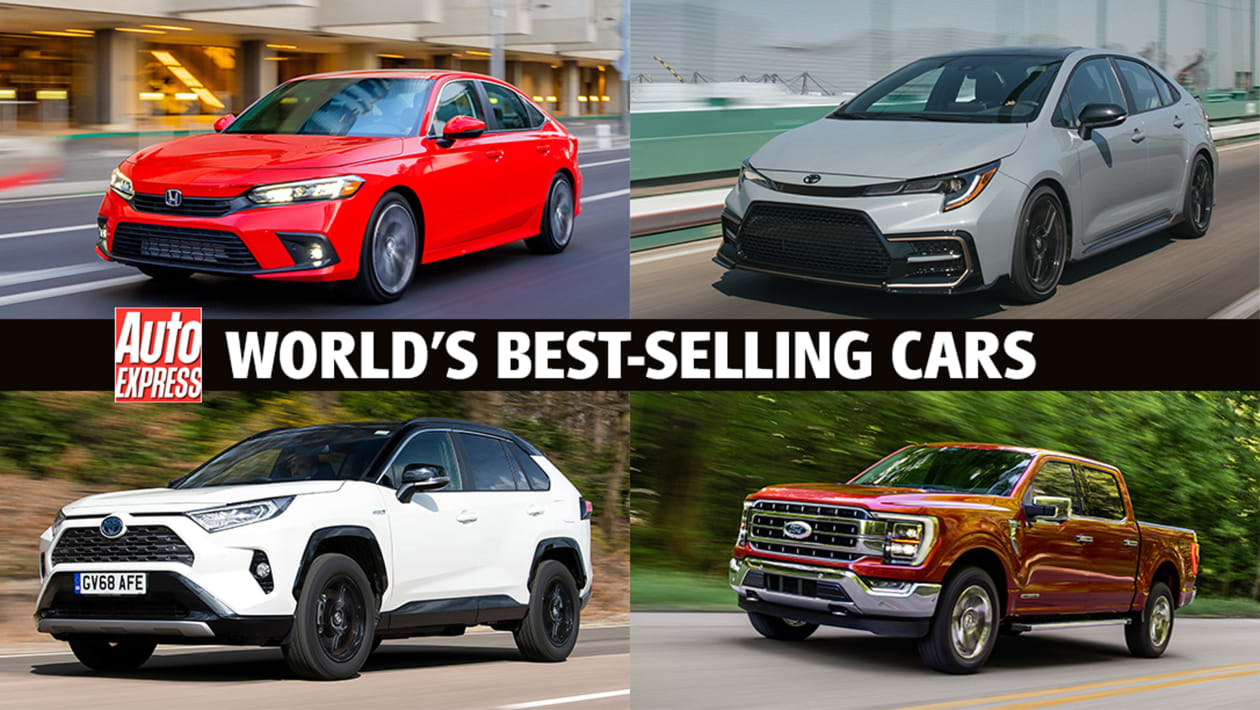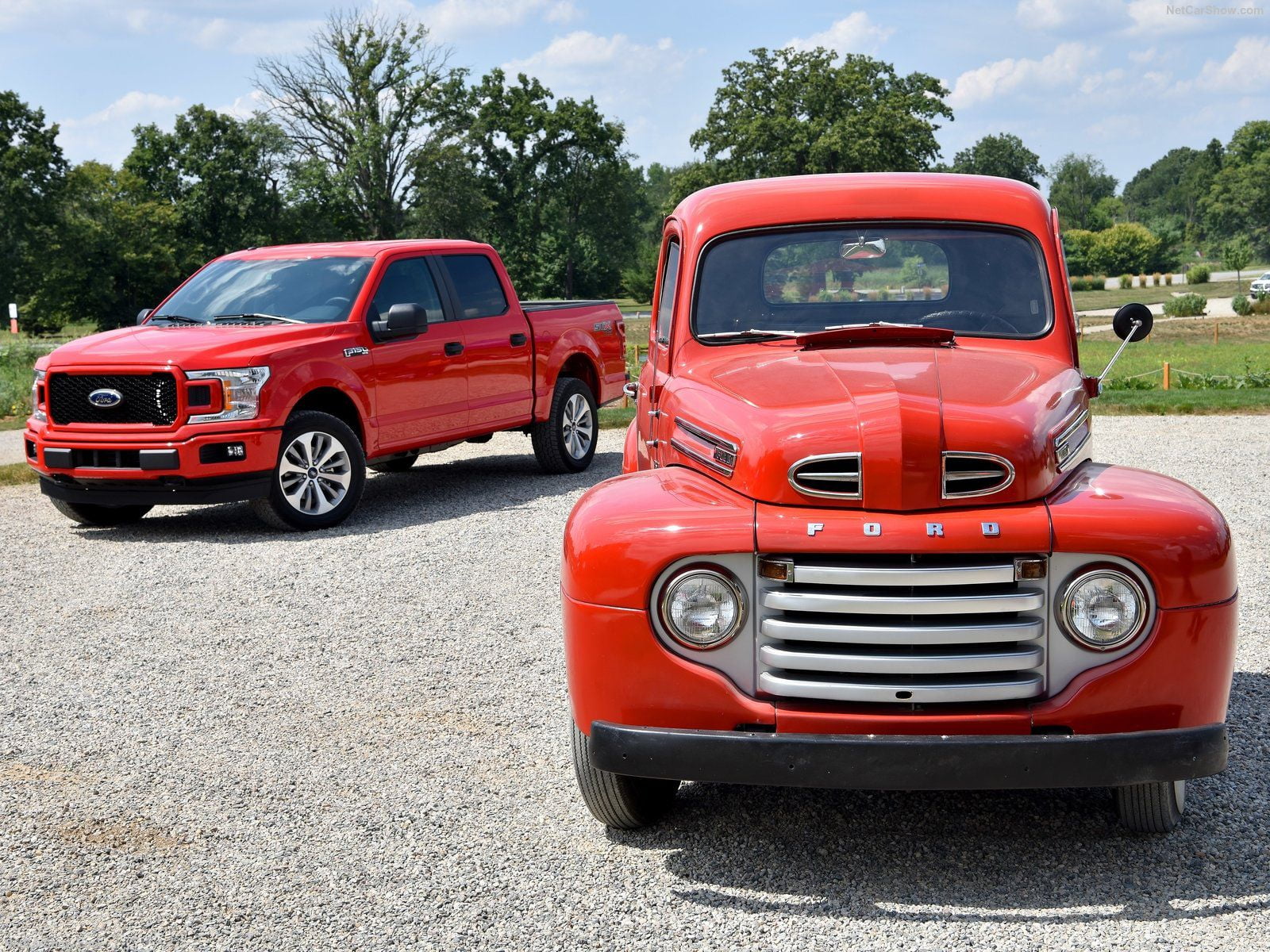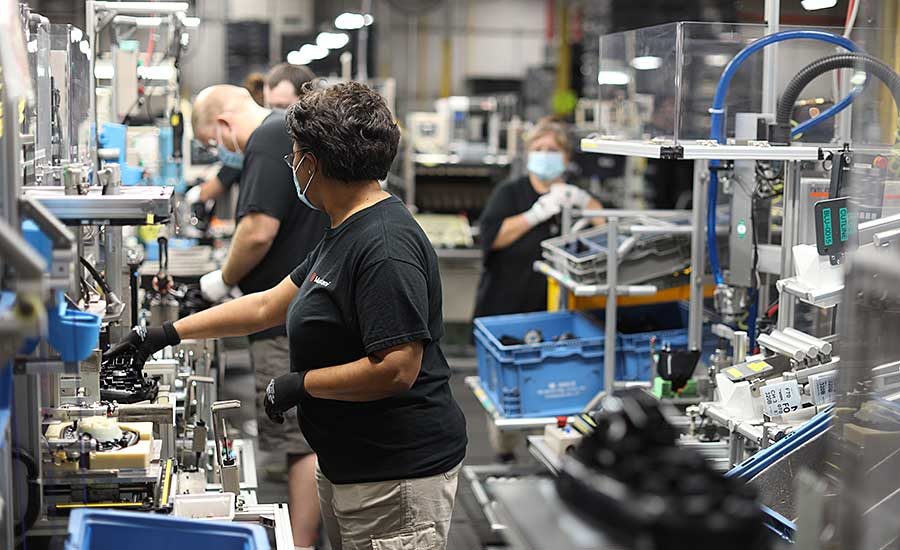StarFoxisDown!
Well-Known Member
e
I also watched the Doug Demuro Review of Plaid and it was fine and accurate. If you have watched any of Doug’s video’s you know his style and he praised Plaid more than almost any car he has reviewed. Did he say some silly stuff about how people who aren’t experienced should not be driving this car, for sure, but overall, you could not ask for a better review. And, his Doug Score was TOPS of all other cars he has reviewed except for the McLaren F1. Not sure how anyone else could watch his review and feel different.
On another note, I was talking with a friend yesterday who is a CFP and knows stocks and I was telling him that I thought TSLA, based on @accountant and others on this forum as well as Cathie Wood,who have done the forward numbers, could be a $2000-$3000 stock in 4-6 years based on these projections.
He stated that those projections are crazy and that TSLA would have a market cap in the $3Trillion dollar range and there would be no other car manufacturers in the market. Not happening. When I explained that Energy and Solar and FSD would be part of those projections, he stated that we have seen TSLA’s high of $900 and don’t expect more because the “competition” is coming not only in automotive but every other segment they are in. After some more debate and him
Adamant that I am too much of a fanboy and don’t know the financials, I changed the subject.
your thoughts?? And, do you think that we are really not looking at the whole picture and maybe not realizing that TSLA’s market cap and stock price has already seen its best days?
Why don't you use cold hard facts/data with him?
Since you referenced the Accountant.....why not take a screenshot of Accountant's modeling out for the next 5 years.....then go over the Q2 earnings with your friend...the gross margins, the operational margin, and the EPS. It doesn't take a math whiz to simply take the Q2 numbers and project out Tesla's future earnings at different production levels....even without any further increase in margins or factoring in any FSD/Robotaxi.
Some key questions to pose to your friend who would then have to confront their bias -
- How come Tesla's operational margin is 2-3X Ford/GM's at only a 200k/quarter rate?
- Tesla did over a 1.5 billion in profit in Q2 on 200k sales......Ford couldn't even reach operational profit (feel free to point out to your friend that Ford's entire 1 billion profit was "Other Revenue" )
- Go through earnings over the past year and ask him to explain if he knows why Tesla's profits/earnings are growing exponentially faster than their revenue. Does he understand why?
- Feel free to point out that right now half of Tesla's production is coming from probably the most expensive location to manufacture in the world (Fremont CA).
- When Tesla gets to 2-2.5 million annual production rate, their hardware margins and operational margin will be comparable to Apple's (before Apply heavily moved into software but even still, Apple was value at 1.5 trillion before software became a big addition to their profits)
- At that 2-2.5 million annual production rate using just the current gross and operational margins (which is dumb for the sake of this I'll just use Q2's), Tesla's operational margins will go from 2-3X Ford/GM's to in the range of 5-6X.......again without factoring in Tesla recognizing the other half of the deferred FSD revenue and no Robotaxi
- Ask him if he understands why legacy auto's P/E multiples and Price to Sales ratio are so low.........if you have the time go through legacy auto's previous year of earnings......if you really want to rub it in, go through legacy auto's previous 5 years of sales, earnings, growth......
Point is......people love to use the auto maker comparison. Use facts against them, not just general or broad facts......use specific cold hard facts and data. I'm gonna guess he wants to change the subject very quickly
(If you can't tell, I've dealt with plenty of friends/acquaintances that think they're stock/financial pro's....some of them even are and I LOVE rubbing the facts/data in their faces)









